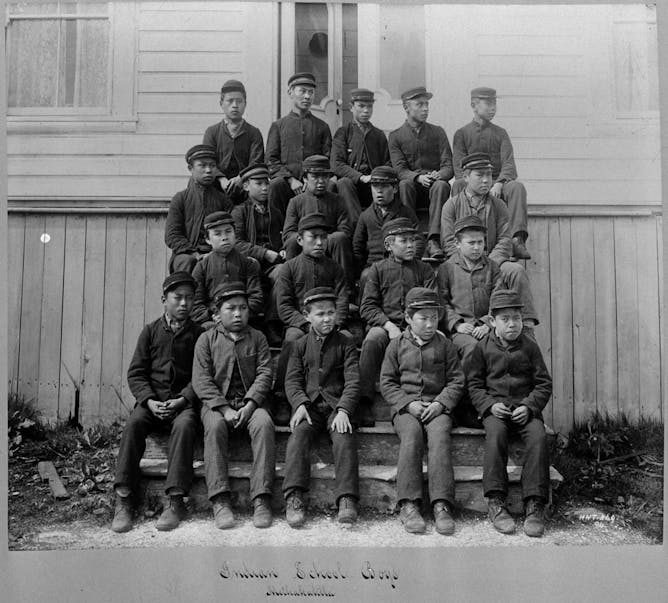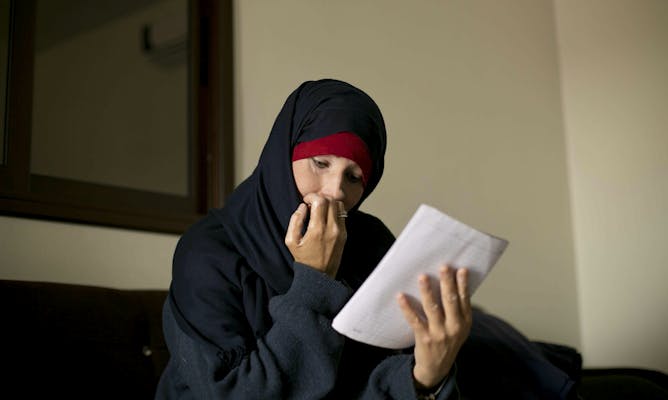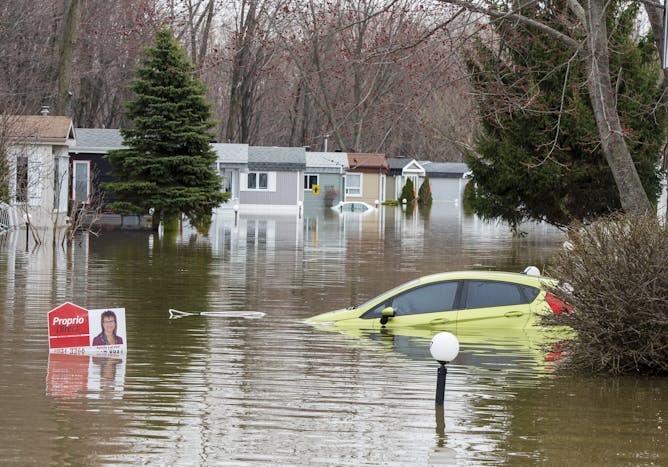|
March 31 marked the conclusion of the largest class action settlement in Canada’s history. After 14 years, the Independent Assessment Process (IAP) — a compensation process established to resolve claims of serious physical, sexual or emotional abuse suffered at Indian residential schools — is officially over.
Today in The Conversation Canada, Cindy Hanson and Curtis J Shuba from the University of Regina and Sidey Deska-Gauthier from The University of Guelph explain what happened during the process, and highlight that despite the fact that the IAP collected claims from more than 38,000 Indian residential school survivors, it remains relatively unknown.
How residential schools and the IAP are remembered is not only relevant to Canada’s identity but for government-Indigenous and public-Indigenous relations, now and into the future.
Also today:
Regards,
|
Haley Lewis
Culture + Society Editor
|

|
|

Students of the Metlakatla Indian Residential School, B.C.
(William James Topley. Library and Archives Canada, C-015037)
Cindy Hanson, University of Regina; Curtis J Shuba, University of Regina; Sidey Deska-Gauthier, University of Guelph
The destruction of IAP residential school records and media reports that continually emphasize compensation will ensure that if remembered, the process will be remembered through a colonial gaze.
|

March 31 marks International Transgender Day of Visibility.
(AP Photo/Stephen Groves)
Elizabeth Saewyc, University of British Columbia; Ace Chan, University of British Columbia; Ashley B. Taylor, University of British Columbia
We need to commit to creating safe and inclusive environments for trans and non-binary youth, because when they have those supportive environments, they thrive.
|

Canadian gun laws should not replicate the chaotic system in the United States.
(Logan Weaver/Unsplash)
Noah S. Schwartz, Carleton University
The gun problem in Canada stems from sharing the world's longest undefended border with the country that has the largest number of guns in civilian hands.
|

Kimberly Gwen Polman, a Canadian national, reads a letter at camp Roj in Syria. Polman came to the Islamic State’s caliphate to join her new husband, a man she knew only from online.
(AP Photo/Maya Alleruzzo)
Azra Rashid, University of Sydney
Canada needs a better framework to understand and analyze the participation of women who marry ISIS soldiers — and find ways to hold them accountable
|

Metaphors are figures of speech that imply likeness; they can be useful tools in dealing with pandemic fatigue.
(Shutterstock)
Luciara Nardon, Carleton University; Amrita Hari, Carleton University
Creative problem-solving using metaphors can help us deal with the long-term anxiety and challenges of the coronavirus pandemic.
|
La Conversation Canada
|

Une voiture est submergée par les eaux de crue, le mercredi 1er mai 2019, à Ste-Marthe-sur-le-Lac, au Québec.
LA PRESSE CANADIANE/Ryan Remiorz
Mathieu Boudreault, Université du Québec à Montréal (UQAM)
Le programme d’aide pour les victimes d’inondation transfère une bonne partie des coûts vers les sinistrés. On peut se demander si elle encouragera la relocalisation et la diminution du risque.
|

Ces super-reconnaisseurs sont souvent engagés dans de nombreuses agences de détectives, et par la police.
shutterstock
Ryan Jenkins, University of Greenwich; David James Robertson, University of Strathclyde ; Josh P Davis, University of Greenwich
La recherche montre qu’il pourrait y avoir un lien entre différents mécanismes dans le cerveau qui, en travaillant ensemble, conduisent à ce type de capacité supérieure.
|
COVID-19
|
-
Dominic Dwyer, University of Sydney
We need to re-analyse data from China and look further afield if we are to have a more complete picture of what happened in 2019. Just keep the politics out of it.
|
|
Culture + Society
|
-
Simon Horobin, University of Oxford
How words are used change over time and insisting that their original meaning be adhered to is pretty silly.
|
|
Science + Technology
|
-
Caitlin Clark, Colorado State University
Sauerkraut, sourdough, beer...and chocolate? They're all fermented foods that rely on microbes of various types to transform the flavor of their raw ingredients into something totally different.
|
|
| |
| |
| |
| |
| |
| |
|
|